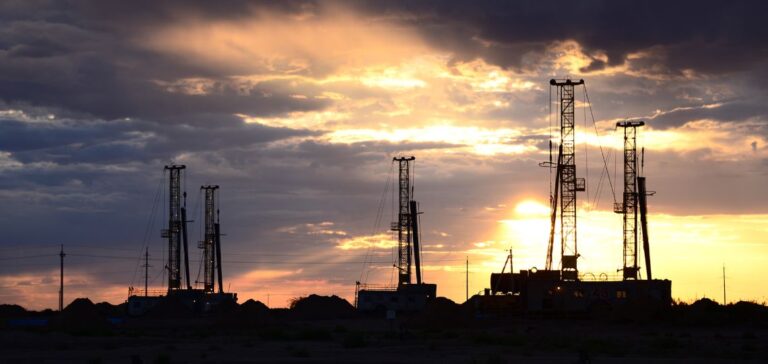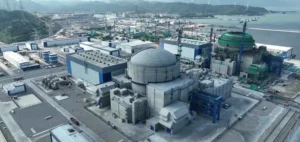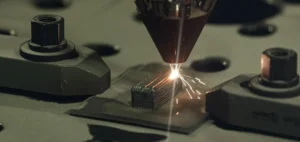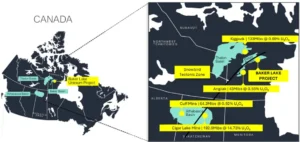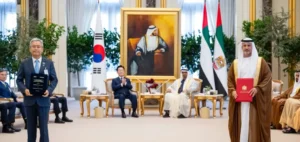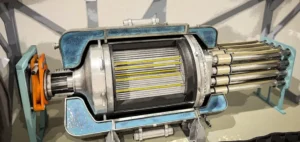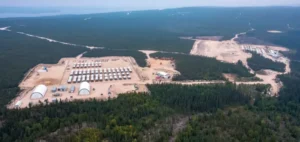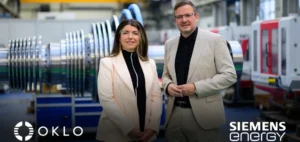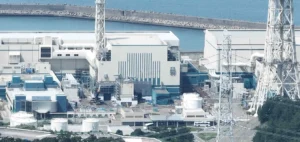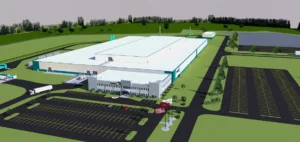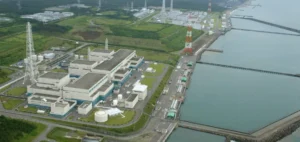Canadian company Blue Sky Uranium Corp plans to begin production at its Ivana uranium mine, located in the Río Negro province of Argentina, within three years, according to Chief Executive Officer Nikolaos Cacos. The company intends to skip the pre-feasibility stage and proceed directly to a full feasibility study within one year. This timeline would align with the current presidential term of Javier Milei, a declared supporter of expanding the country’s civil nuclear sector.
$35mn investment and controlled costs
The project has secured initial financial backing of $35mn from Abatare Spain SLU, a subsidiary of Argentine industrial group COAM. This funding will support the completion of the feasibility study. Total development costs for the mine are estimated at $160mn, with uranium deposits located at depths of up to 30 metres and exploitable via surface mining. C1 cash production costs are estimated at under $24 per pound of uranium oxide (U3O8), covering on-site production expenses.
The Ivana project is designed to produce a total of 17 million pounds of uranium over an 11-year mine life, or approximately 1.5 million pounds annually. It also forecasts secondary output of 8.1 million pounds of vanadium. The selected extraction process involves alkaline leaching with no additional oxidants required.
Nuclear autonomy and regional market
According to Blue Sky Uranium, the Ivana mine could enable Argentina to achieve self-sufficiency in uranium. The country currently imports around 750,000 pounds of uranium annually, primarily from Kazakh producer Kazatomprom. Although Argentina already has conversion and enrichment capabilities, no domestic uranium mining is currently active, with operations halted nearly forty years ago due to lack of financial resources.
National legislation requires the state to purchase all domestically produced uranium for civil use. Three nuclear reactors are currently operational with a combined capacity of 1,755 MW, and a small modular reactor is under construction. Nuclear power accounts for around 8% of Argentina’s electricity mix, with a government target set at 20%.
Strategic interest and potential expansion
The partnership between Blue Sky Uranium and Abatare allows the latter to acquire up to 80% of the Ivana project in return for its investment, leaving Blue Sky with 20% through to the start of production. Abatare also holds a first option to invest in other nearby Blue Sky uranium exploration projects.
Ivana is currently the most advanced of Argentina’s new uranium mining initiatives. Several other promising deposits have been identified in recent years, reinforcing the country’s ambitions in the nuclear energy sector.


